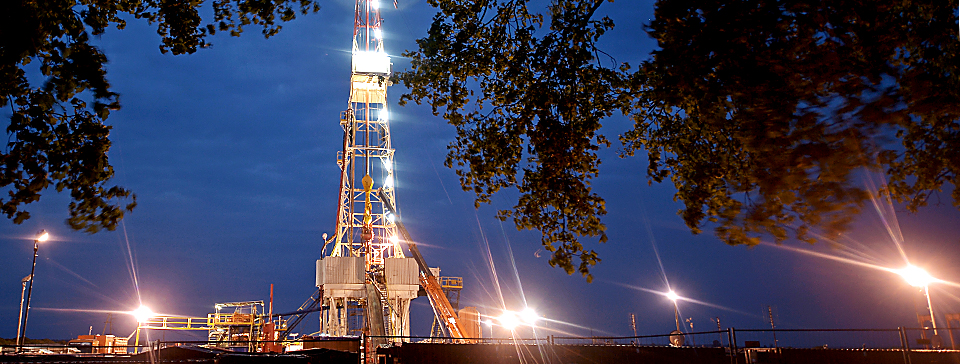40. Restructuring Process within the Group
In 2012, the Programme for Workforce Streamlining and Redundancy Payments to the Employees of the PGNiG Group for 2009–2011 (Stage 3) (the “Programme”), adopted by the Extraordinary General Meeting of PGNiG SA on December 11th 2008, was continued. By virtue of Resolution of the Extraordinary General Meeting of PGNiG SA of December 7th 2011, the term of the Central Restructuring Fund (CRF) was extended until December 31st 2015. The Programme will therefore expire on December 31st 2015, unless one of the Parties (the PGNiG Management Board or the Social Partner) terminates the Programme prior to that date.
The Programme is based on the “stand-by” principle, which means that it can be implemented in extraordinary circumstances, i.e. any decisions regarding its implementation can only be made if justified by the scope of planned restructuring involving workforce downsizing and/or job shedding.
The costs of redundancy payments to which laid-off employees are entitled under the Programme are covered from the CRF, which is at the disposal of the General Meeting of PGNiG SA, or with other funds accumulated for that purpose by the entities participating in the Programme. The Group discloses CRF under Employee benefit obligations.
On August 10th 2011, by virtue of Resolution of the Extraordinary General Meeting of PGNiG SA, an Annex to the Programme was approved, introducing a possibility to use the funds accumulated in the CRF account to support the streamlining initiatives undertaken by PGNiG SA and a possibility for the entities covered by the Programme to create similar funds with a view to securing financing for their workforce streamlining expenses. The functioning of such funds is governed by the rules applicable to the CRF.
The entities which were listed in the terms of the Programme as entitled to implement the Programme (subject to relevant resolutions being adopted by their respective general meetings), and whose difficult financial standing rendered it impossible to cover all costs of the workforce restructuring required under the Programme without financial aid, may apply for assistance from PGNiG SA’s capital reserve designated as Central Restructuring Fund (subject to approval by the General Meeting of PGNiG SA) to finance payments to former employees with whom employment contracts were terminated.
In the reporting period, requests for financing under the Programme (for a total amount of PLN 15.1m and an aggregate number of 290 Group employees) were made by the following eligible entities:
- PGNiG SA requested one-off redundancy payments, totalling PLN 2.8m, for 50 former employees of the Head Office, who were made redundant as part of the workforce streamlining programme. The request was granted.
- ZRG Krosno Sp. z o.o. requested one-off redundancy payments, totalling PLN 1.6m, for 31 former employees of the company, who were made redundant as part of workforce streamlining measures. The request was granted.
- PGNiG Technologie SA requested one-off redundancy payments, totalling PLN 2.7m, for 58 former employees of the company, who were made redundant as part of workforce streamlining measures. The request is being considered. Moreover, a request was filed for one-off redundancy payments totalling PLN 5.1m to be granted to 83 former employees who were made redundant as part of workforce streamlining measures. The request is being considered.
- Geofizyka Kraków S.A. requested one-off redundancy payments, totalling PLN 2.1m, for 46 former employees of the company, who were made redundant as part of workforce streamlining measures. The request is being considered.
- PNiG Jasło S.A. requested for one-off redundancy payments, totalling PLN 0.8m, for 22 former employees of the company, who were made redundant as part of workforce streamlining measures. The request is being considered.
PGNiG Group companies also implement other programmes related to workforce streamlining, including Voluntary Termination Programmes.






